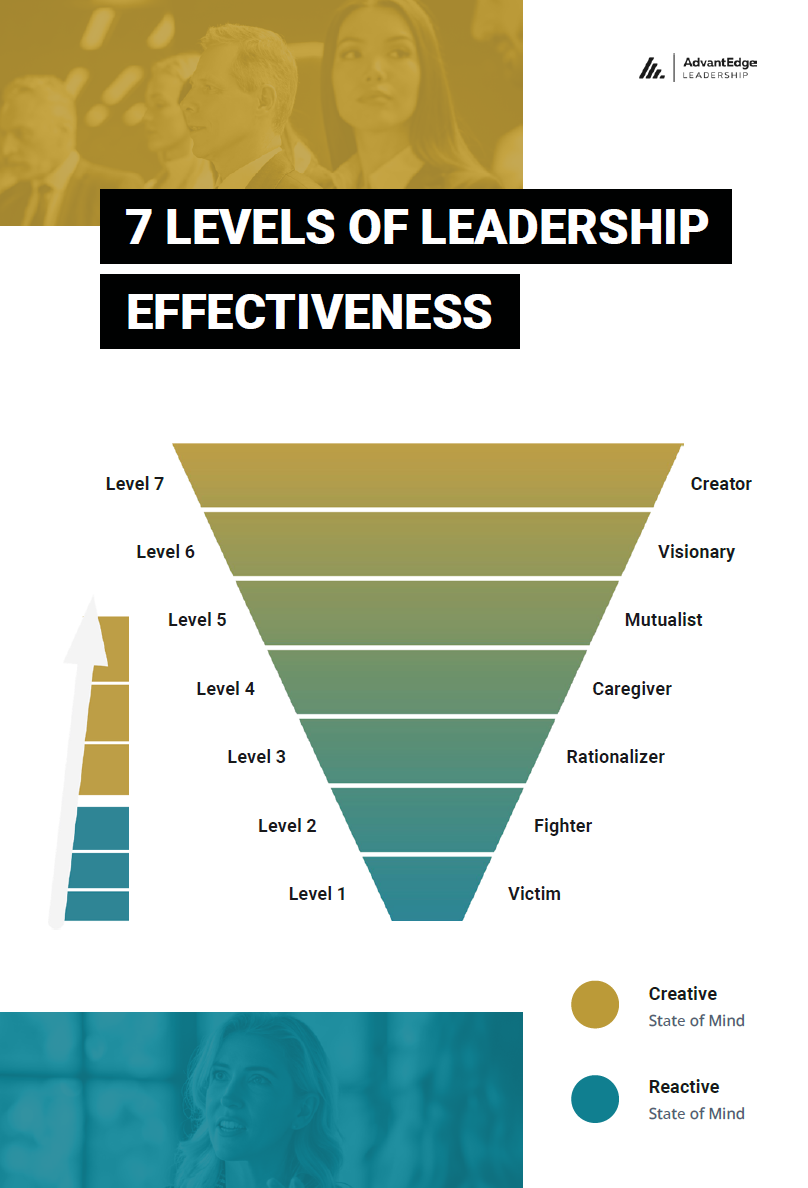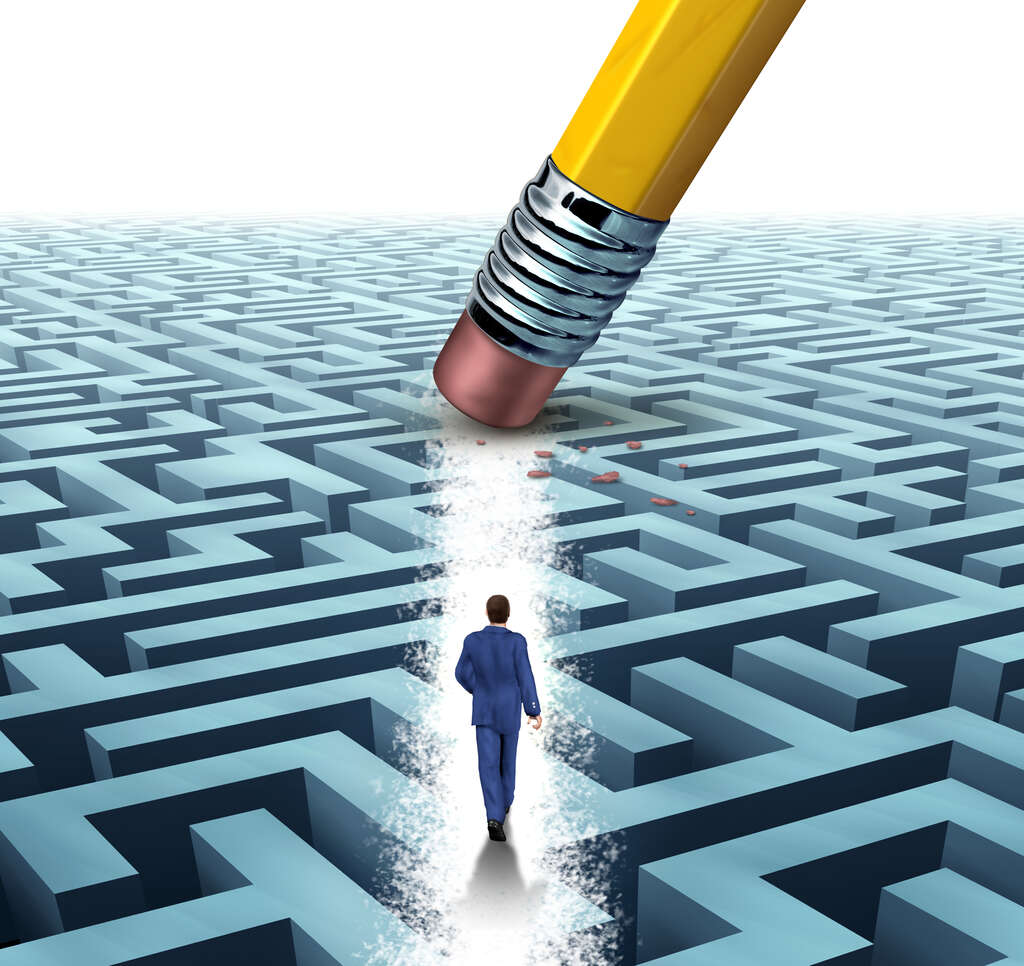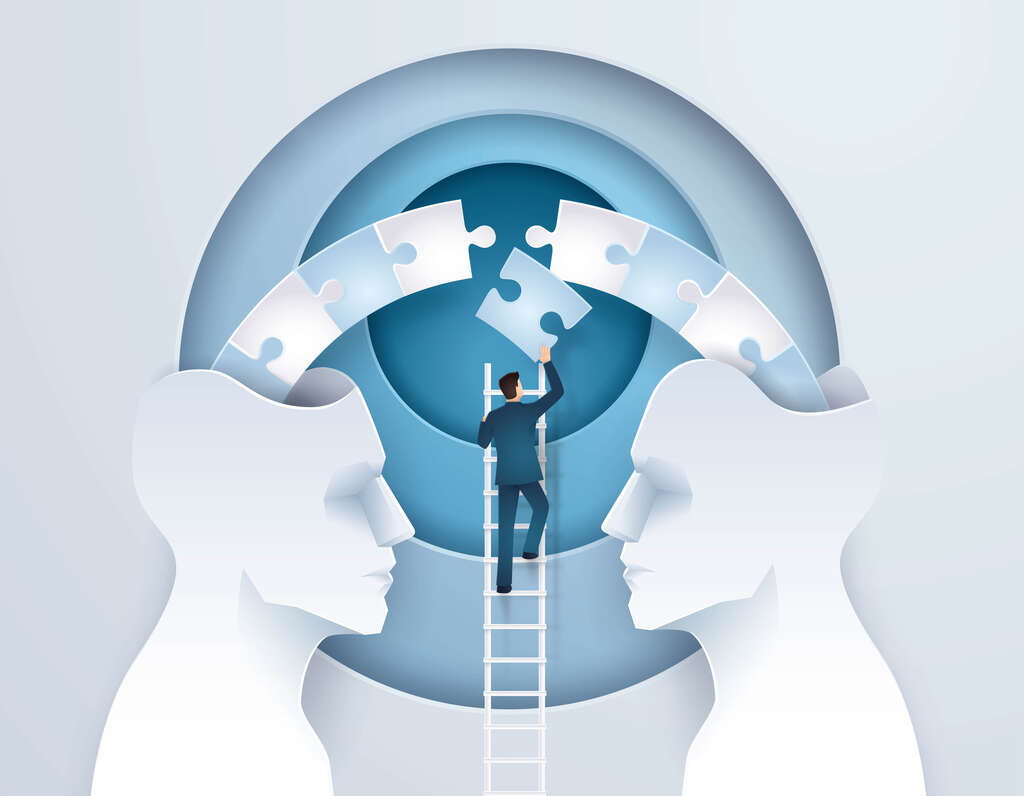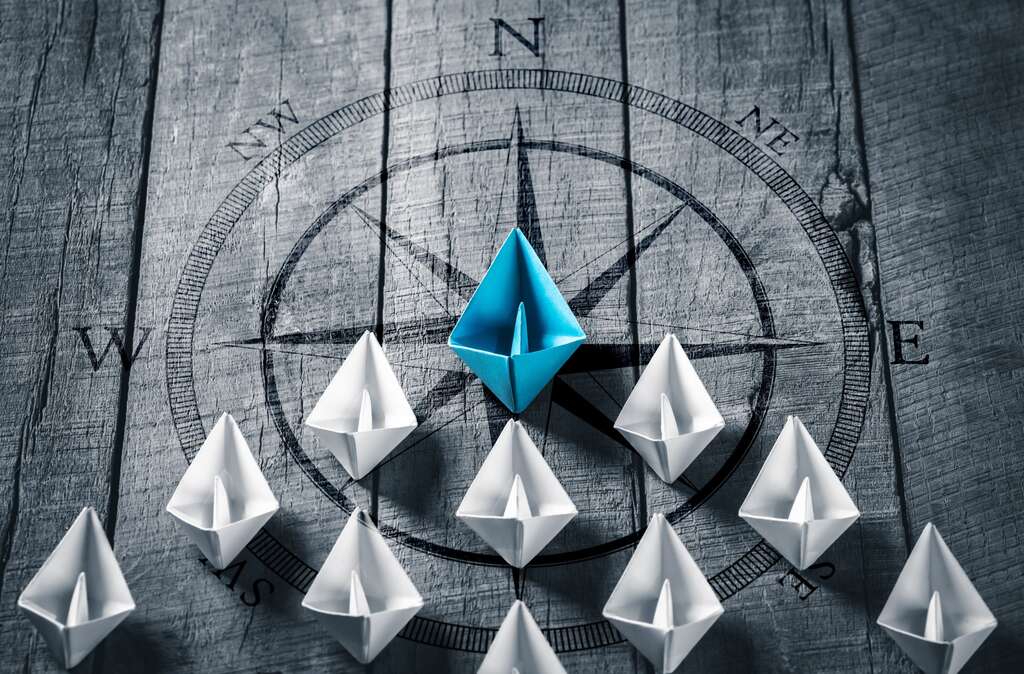Energy Leadership Index Assessment (ELI)
TRANSFORM HOW YOU LEAD THROUGH STRATEGIC AWARENESS
Recognized by Forbes as the top-rated assessment for executives: Discover how your energy patterns drive leadership impact, team performance, and organizational results
BEYOND PERSONALITY: THE POWER OF ENERGY LEADERSHIP
Leadership effectiveness begins with a fundamental truth: your perception creates your reality, and your reality shapes how you lead. The Energy Leadership Index (ELI) Assessment is a groundbreaking tool that measures something traditional assessments miss—the energetic lens through which you perceive and respond to your world.
At the heart of transformative leadership lies self-awareness. While 95% of individuals believe they possess self-awareness, Harvard Business Review research reveals only 15% truly do. This awareness gap represents the single greatest opportunity for leadership breakthrough.
The ELI Assessment stands apart from conventional personality assessments in a critical way: instead of categorizing who you are, it reveals how you're showing up under both ideal conditions and stress—and provides a clear pathway to elevate your leadership impact.
THE SCIENCE BEHIND ENERGY IN LEADERSHIP
The concept of "energy" in leadership isn't mystical—it's measurable. When we discuss energy levels in organizational contexts, we're referring to the quantifiable patterns of perception, attitude and behavior that determine how leaders respond to challenges and opportunities. Similar to how cognitive biases have been empirically validated to affect decision quality, leadership energy patterns have demonstrable impacts on measurable outcomes.
Research from Cornell University found that leaders operating from predominantly anabolic (constructive) energy states achieve 31% higher profitability, 37% lower absenteeism and 59% higher employee retention compared to those operating from catabolic (restrictive) states.
This occurs because a leader's perceptual patterns directly influence neurological responses in their teams—either triggering threat responses that decrease cognitive function or psychological safety that enhances collaboration and innovation. The ELI assessment doesn't merely categorize personality traits; it quantifies specific behavioral and perceptual patterns that can be systematically shifted through evidence-based interventions, resulting in measurable performance improvements across key performance indicators. For analytically-minded leaders, the ELI provides precisely what other assessments lack: a metric-driven framework for understanding how internal perceptual filters directly impact external business results.
UNDERSTANDING THE ENERGY LEADERSHIP MODEL
The Energy Leadership Index measures your energetic profile across seven distinct mindsets and attitudes. Unlike fixed personality traits, these energy levels are dynamic states that you can learn to recognize, shift and elevate:
CATABOLIC ENERGY LEVELS
Energy that constrains, restricts, and ultimately drains leadership capacity
Level 1: Victim
Characterized by: Feelings of being trapped, blame, and doubt
Leadership impact: Reactive decision-making, conflict avoidance, disengagement
Team effect: Creates environments where innovation stalls and problems persist
Organizational impact: Fosters cultures of helplessness where change initiatives fail
Level 2: Fighter
Characterized by: Anger, combativeness, and opposition
Leadership impact: Antagonistic relationships, power struggles, win-lose thinking
Team effect: Fosters competition over collaboration, erodes psychological safety
Organizational impact: Creates siloed departments and territorial protection of resources
ANABOLIC ENERGY LEVELS
Energy that expands possibilities, motivates, and ultimately builds leadership capacity
Level 3: Rationalizer
Characterized by: Accountability, forgiveness, and release
Leadership impact: Problem-solving focus, decreased drama, increased clarity
Team effect: Creates ownership culture where challenges become opportunities
Organizational impact: Establishes foundation for process improvement and efficiency
Level 4: Caretaker
Characterized by: Compassion, service, and genuine care
Leadership impact: Strong relationship building, improved communication, trust
Team effect: Fosters environments where team members feel valued and safe
Organizational impact: Builds psychological safety and employee engagement
Level 5: Mutualist
Characterized by: Win-win thinking, opportunity-seeking, and synthesis
Leadership impact: Creative problem-solving, innovation, collaborative leadership
Team effect: Drives breakthrough solutions and cross-functional effectiveness
Organizational impact: Accelerates innovation through collaborative partnerships
Level 6: Visionary
Characterized by: Intuition, joy, and passionate creation
Leadership impact: Visionary thinking, inspiring leadership, transformative influence
Team effect: Catalyzes innovation and creates exceptional engagement
Organizational impact: Drives market differentiation and organizational reinvention
Level 7: Creator
Characterized by: Complete objectivity, wisdom, and fearless creativity
Leadership impact: Exceptional clarity, strategic foresight, transformational presence
Team effect: Creates cultures of excellence where innovation and growth thrive
Organizational impact: Positions organization as industry disruptor and thought leader
THE SEVEN LEVELS OF LEADERSHIP EFFECTIVENESS
Individual Leadership Transformation
The ELI Assessment provides leaders with unprecedented insights into how their perceptual filters shape their effectiveness:
Strategic Self-Awareness
- Gain clarity on how your unique perceptions create your leadership reality

- Identify specific thought patterns and beliefs that limit or accelerate your impact
- Discover your default leadership lens and how it affects decision quality
- Recognize how your energy state influences those around you
Stress Response Mastery
- Understand your specific triggers that cause energy depletion
- Develop techniques to maintain higher energy states during challenging situations
- Learn to recognize early warning signs of energy shifts before they impact performance
- Build resilience that allows you to navigate strategic discomfort effectively
Authentic Leadership Presence
- Discover how to access and sustain higher levels of anabolic energy naturally
- Develop the ability to inspire others through your energetic presence
- Learn to lead from authentic energy states rather than adopted techniques
- Create trust through energetic consistency and transparency
Strategic Decision-Making
- Recognize how your energy level impacts your perception of options
- Develop the ability to shift to more expansive energy states when making complex decisions
- Access greater wisdom and clarity exactly when you need it most
- Make choices that account for multiple perspectives and long-term impacts
Case Study: Individual Impact
A senior executive with a predominant Level 2 (Fighter) energy pattern was creating antagonistic relationships across her organization. Through the ELI assessment and coaching, she learned to recognize her stress triggers and shift to more anabolic levels of energy. Within six months, her team's innovation output increased by 40% and cross-functional collaboration improved by 35%.
Team Performance Elevation
A leader's energy patterns directly influence team dynamics, collaboration, and results:
Team Energy Dynamics
- Understand how your energetic presence shapes team climate

- Learn to consciously shift your energy to create optimal conditions for team performance
- Recognize the collective energy patterns that emerge in team settings
- Develop strategies to elevate the entire team's energetic state
Conflict Transformation
- Identify energy-draining conflict patterns within your team
- Learn specific techniques to shift interactions from catabolic to anabolic
- Transform potential conflicts into opportunities for growth and innovation
- Create environments where productive disagreement leads to better outcomes
Team Engagement
- Discover how to create conditions where team members naturally engage at higher levels
- Understand the energetic conditions that foster commitment and discretionary effort
- Learn to address energy-draining behaviors that undermine team cohesion
- Build a team culture characterized by mutual support and shared success
Cross-Functional Collaboration
- Bridge departmental silos through energetic leadership
- Facilitate higher quality interactions between diverse team members
- Create the energetic conditions that support innovation across boundaries
- Build sustainable collaborative relationships that transcend organizational structures
Case Study: Team Impact
A product development team plagued by missed deadlines and internal conflict discovered through team ELI assessments that they predominantly operated at Level 2 (Fighter) energy. Through targeted coaching, the team leader learned to shift team interactions to Level 5 (Mutualist). Within three months, the team reduced development time by 30% and increased successful product launches by 25%.
Organizational Transformation
The collective energy patterns within an organization determine its culture, innovative capacity, and ability to transform:
Cultural Evolution
- Identify the predominant energy levels operating within your organizational culture

- Develop strategies to shift collective consciousness toward higher anabolic states
- Address systemic patterns that drain organizational energy and limit innovation
- Create conditions where transformation initiatives succeed rather than stall
Innovation Acceleration
- Understand how energy levels influence creative capacity and risk tolerance
- Learn to cultivate the specific energy states that foster breakthrough thinking
- Create environments where diverse perspectives combine to generate novel solutions
- Develop leadership practices that sustain innovation as a cultural norm
Change Leadership
- Recognize how energy patterns impact an organization's ability to adapt
- Learn to address resistance to change at its energetic source
- Develop change strategies that account for emotional and perceptual factors
- Build organizational resilience through elevated collective consciousness
Sustainable Transformation
- Create leadership cascades that elevate energy throughout the organization
- Develop systems and practices that reinforce higher anabolic states
- Build capacity for ongoing transformation rather than one-time change
- Establish metrics that track energetic shifts alongside performance outcomes
Case Study: Organizational Impact
A tech company experiencing high turnover and declining customer satisfaction discovered through leadership team ELI assessments that the executive team operated predominantly at Levels 1-3. Through a comprehensive energy leadership development program, the leadership team shifted to predominantly Level 5 (Mutualist) and Level 6 (Visionary) energy. Within one year, employee turnover decreased by 40%, satisfaction scores improved by 30%, and the organization became much more effective in leading innovation initiatives.
THE ADVANTEDGE DIFFERENCE
Unlike standard ELI implementations, our approach integrates Energy Leadership with our proprietary Strategic Discomfort™ framework. This unique combination creates leaders who can:
- Recognize how energy patterns influence their ability to navigate productive discomfort
- Shift to optimal energy states during periods of organizational tension and transformation
- Create team environments where strategic discomfort becomes a catalyst for breakthrough performance
- Build organizational cultures where transformation accelerates rather than stalls
The path to extraordinary results begins with strategic awareness of your leadership energy. The ELI assessment delivers measurable impact at three critical levels: Individual leaders gain the ability to navigate strategic discomfort with resilience and make decisions with greater clarity; Teams experience enhanced collaboration, innovation and engagement through elevated energy dynamics; and Organizations achieve faster transformation, increased efficiency and cultural evolution that drives sustainable competitive advantage. Contact AdvantEdge Leadership today to schedule your Energy Leadership Index assessment and discover how converting organizational tension into productive energy creates your most powerful competitive edge.


